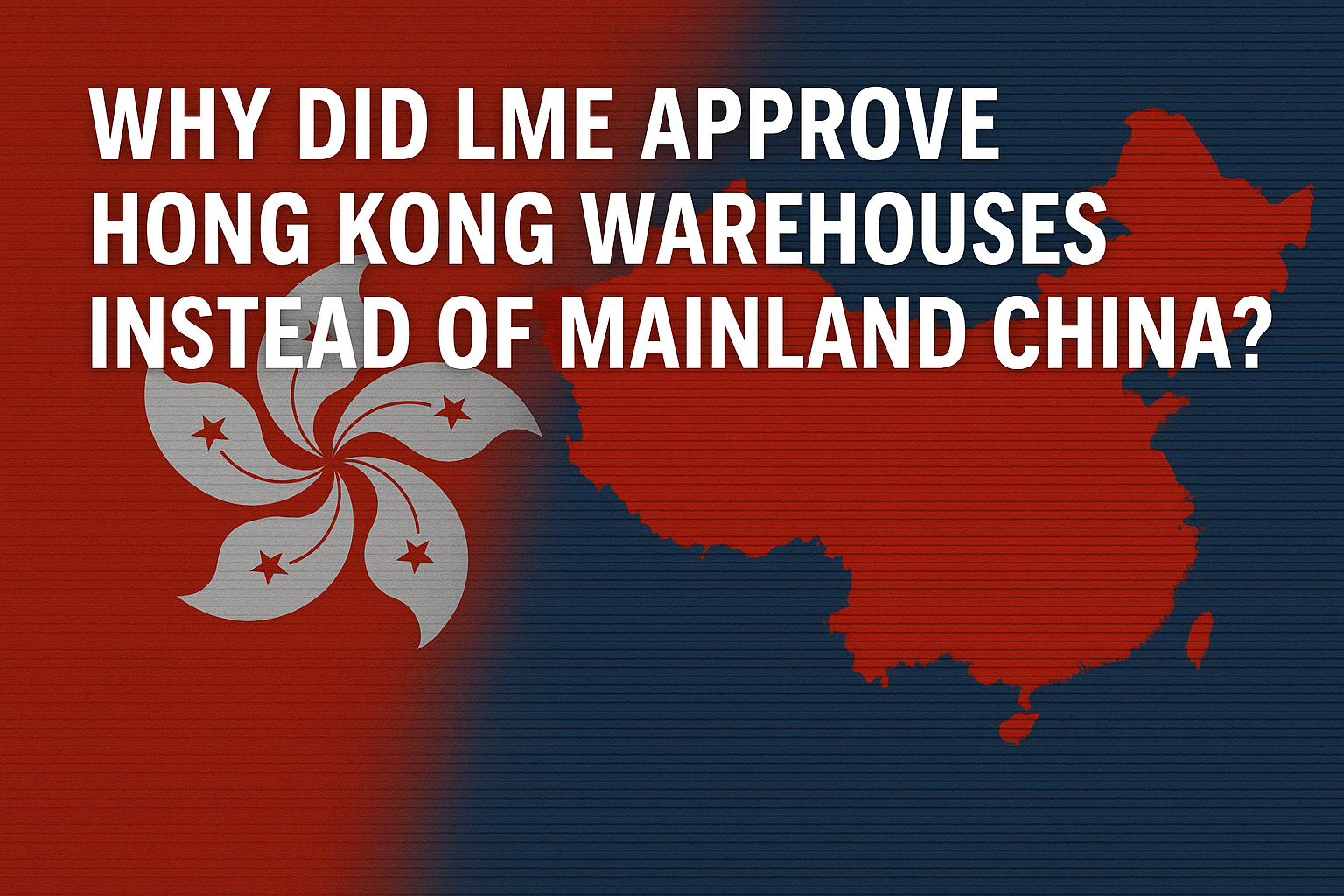

In a recent development for the London Metal Exchange’s (LME’s) Asian strategy, the announcement of its approval of the first four warehouse facilities in Hong Kong in April 2025 floated in the trading market. These newly approved warehouses, operated by a trio of company pairs, are slated to commence storing LME-warranted metal within three months of the announcement. This expansion marks a notable step for the LME, particularly considering its acquisition by Hong Kong Exchanges and Clearing (HKEX) in 2012.
 This AI-generated image is for referential purposes only
This AI-generated image is for referential purposes only
The central question that arises from this decision is why the LME, who facilitate trillions of dollars in transactions annually across numerous approved metals, including aluminium, copper, and zinc, chose Hong Kong, a territory acknowledged to have limited local consumption of industrial metals, over Mainland China. This query is particularly pertinent given that Mainland China is the world’s largest consumer and trader of a vast range of metals. This apparent contradiction necessitates a detailed examination of the factors influencing the LME’s strategic choice.
The speed at which the warehouse facilities were approved, merely months after the location itself received the green light, suggests a well-coordinated plan and a strong impetus behind this expansion. Furthermore, statements from the LME and HKEX consistently highlight Hong Kong’s role as a ‘gateway to Mainland China’. This recurring emphasis implies that while establishing direct warehousing facilities within Mainland China might present considerable challenges, Hong Kong is perceived as a vital strategic alternative for indirectly serving the expansive Chinese market.
LME warehouse approval criteria: A global perspective
The LME’s global warehouse network is primarily designed to provide widespread coverage in the most vital areas of net consumption for industrial metals.
The exchange’s two-stage approval process first vets a location, then the individual warehouses within it. Eligible locations must serve ‘net-consumption’ markets (or act as efficient conduits to them), be geographically distant from major production hubs, and offer a duty-free, secure customs-warehousing regime — meaning stored LME-branded metal incurs no import duties, VAT or storage-tax liabilities, and ownership needn’t be separately tracked. They also require excellent maritime, road (and, where necessary, rail) links, political and economic stability, a strong legal framework that protects metal owners in insolvency, unrestricted profit repatriation, and enough demand to support multiple competing warehouses.
Warehouse operators must demonstrate financial strength, adequate insurance, experienced staff, and facilities that meet the LME’s logistical and security standards. They must appoint a London agent, submit detailed, ongoing stock and delivery reports, and adhere strictly to LME protocols.
Although Hong Kong isn’t a major metals consumer, its port status and transparent customs regime make it an ideal conduit to Mainland China’s vast market, fulfilling the LME’s criteria better than any other Mainland location.
LME’s footprint in Asia: A historical overview and China’s absence
 Events
Events
 e-Magazines
e-Magazines
 Reports
Reports



Responses






